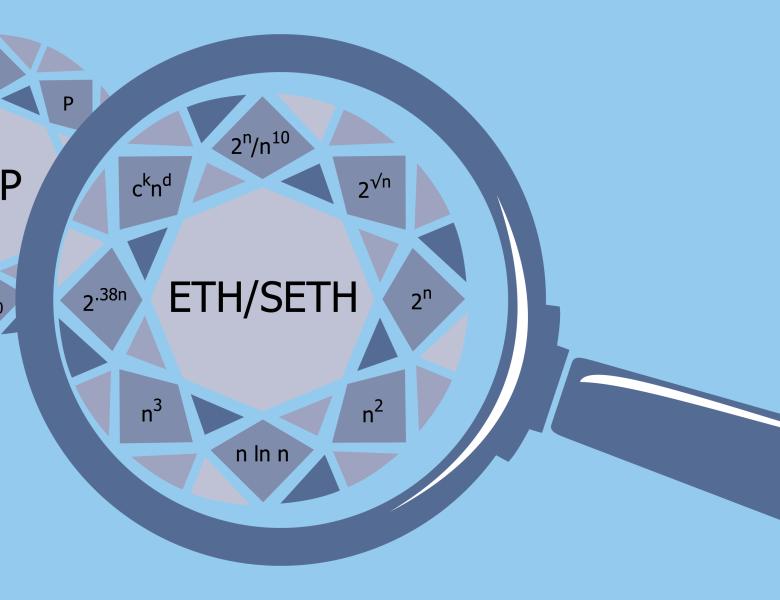
Simulating Branching Programs with Edit Distance and Friends or: A Polylog Shaved is a Lower Bound Made
A recent and very active line of work achieves tight lower bounds for fundamental problems under the Strong Exponential Time Hypothesis (SETH). A celebrated result of Backurs and Indyk (STOC'15) proves that the Edit Distance of two sequences of equal length cannot be computed in strongly subquadratic time under SETH. The result was extended by follow-up works to simpler looking problems like finding the Longest Common Subsequence (LCS).
SETH is a very strong assumption: it asserts that even linear size CNF formulas cannot be analyzed for satisfiability with an exponential speedup over exhaustive search. We consider much safer assumptions, e.g. that such a speedup is impossible for SAT on much more expressive representations, like subexponential-size NC circuits. Intuitively, this seems much more plausible: NC circuits can implement complex cryptographic primitives, while CNFs cannot even approximately compute an XOR of bits.
Our main result is a surprising reduction from SAT on Branching Programs to fundamental problems in P like Edit Distance, LCS, and many others. Truly subquadratic algorithms for these problems therefore have consequences that we consider to be far more remarkable than merely faster CNF SAT algorithms. For example, SAT on arbitrary o(n)-depth bounded fan-in circuits (and therefore also NC-Circuit-SAT) can be solved in (2-eps)^n time.
An interesting feature of our work is that we can prove major consequences even from mildly subquadratic algorithms for Edit Distance or LCS. For example, we show that if we can shave an arbitrarily large polylog factor from n^2 for Edit Distance then E^NP does not have non-uniform NC^1 circuits.
Joint work with Thomas Deuholm Hansen, Virginia Vassilevska Williams, and Ryan Williams.
All scheduled dates:
Upcoming
No Upcoming activities yet


